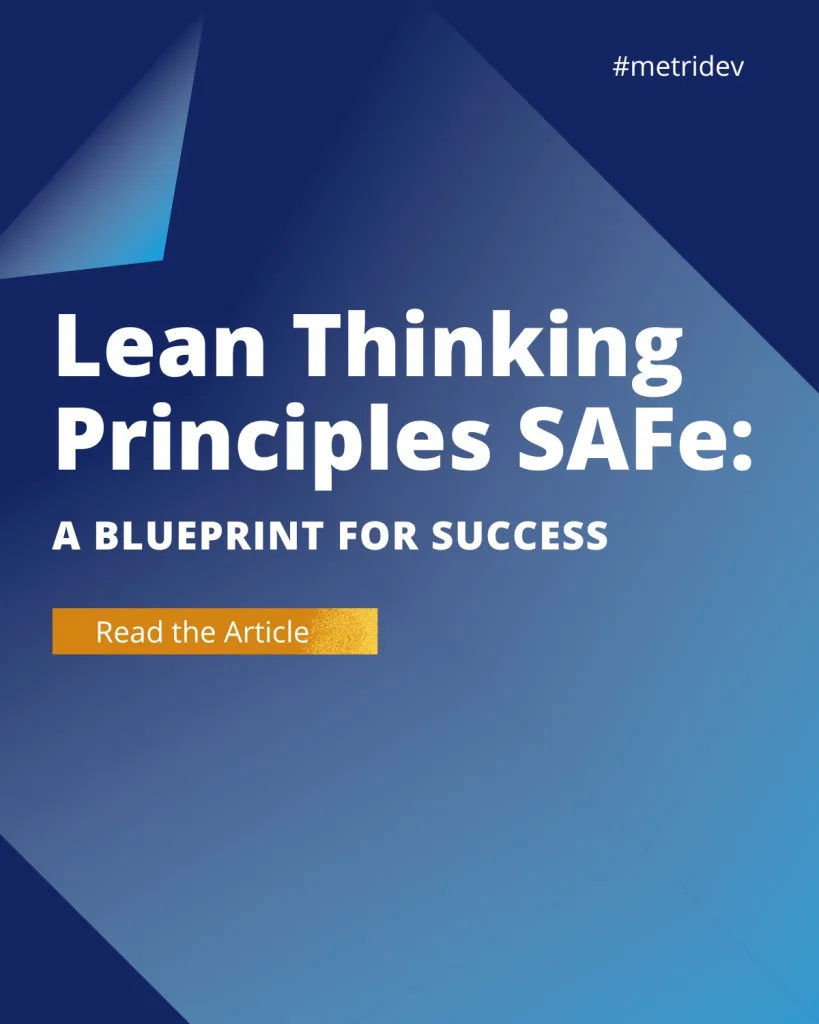Introduction
Agile methodology has revolutionized the world of project management, enabling teams to adapt and respond to change more effectively . This iterative and collaborative approach has gained immense popularity due to its ability to deliver high-quality results in a dynamic environment. At the core of Agile lies the social contract agile and the Agile Manifesto, which outlines four key values: individuals and interactions over processes and tools, working software over comprehensive documentation, customer collaboration over contract negotiation, and responding to change over following a plan.
Understanding the Concept of a Social Contract in Agile
In the context of Agile, a social contract refers to an agreement among team members that defines their commitments, expectations, and responsibilities towards each other and the project. It serves as a foundation for effective collaboration by establishing a set of guidelines and principles that guide the team’s behavior and interactions. Rather than relying solely on formal contracts and rules, a social contract fosters an environment of trust, transparency, and mutual respect among team members.
The Importance of a Social Contract in Promoting Effective Collaboration
A social contract plays a crucial role in promoting effective collaboration within an Agile project. Additionally, it creates a shared understanding among team members, providing clarity on roles, responsibilities, and expectations. Moreover, this shared understanding helps to minimize conflicts, misunderstandings, and miscommunication within the team. Furthermore, by setting clear guidelines for behavior and interaction, a social contract encourages a positive and productive team culture. It also empowers team members to take ownership of their work and contribute to the project’s success.
Key Elements of a Social Contract in an Agile Project
A well-defined social contract in an Agile project typically includes several key elements. Firstly, it outlines the team’s shared values and principles, which serve as a guiding framework for decision-making. It also defines the roles and responsibilities of each team member, ensuring that everyone understands their contributions to the project. Additionally, a social contract establishes communication guidelines, such as preferred communication channels and frequency of meetings. It may also include agreements on conflict resolution, decision-making processes, and accountability mechanisms.

How to Write a Social Contract in Agile
Writing a social contract in Agile requires careful consideration and collaboration among team members. Here are some steps to guide you in creating an effective social contract:
- Define the purpose: Begin by clearly articulating the purpose and goals of the social contract. What do you hope to achieve by establishing this agreement? This step will help align expectations and set the right tone for the contract.
- Identify shared values: Engage the team in a discussion to identify the shared values and principles that will guide their behavior and interactions. This step promotes a sense of ownership and collective responsibility.
- Define roles and responsibilities: Clearly define the roles and responsibilities of each team member. This ensures that everyone understands their individual contributions and can hold each other accountable.
- Establish communication guidelines: Agree upon the preferred communication channels, frequency of meetings, and responsiveness expectations. This helps streamline communication and ensures everyone is on the same page.
- Include conflict resolution mechanisms: Anticipate potential conflicts and define mechanisms for resolving them. This may involve setting up regular check-ins, establishing open channels for feedback, or involving a neutral third party when necessary.
- Review and revise: Regularly review and revise the social contract to accommodate changing project dynamics or team composition. This ongoing process ensures that the contract remains relevant and effective.
Implementing and Maintaining the Social Contract in Your Agile Project
Implementing and maintaining a social contract requires active engagement and commitment from all team members, and here are some strategies to ensure its successful implementation. Firstly, lead by example, as a project leader or Scrum Master, exemplify the values and principles outlined in the social contract. Inspire others and demonstrating the importance of upholding the agreed-upon guidelines. Secondly, regularly revisit the contract by scheduling regular check-ins to discuss its effectiveness and identify areas for improvement. This ensures ongoing evaluation to reflect the evolving needs of the team.
Additionally, encourage open communication by fostering an environment where team members feel comfortable expressing their thoughts and concerns. Also, actively listen to feedback to address any arising issues. Moreover, address conflicts promptly and constructively when they arise. Use the conflict resolution mechanisms established in the social contract to facilitate fair and respectful resolutions. Lastly, celebrate successes by recognizing and celebrating achievements and milestones reached by the team, boosting morale, reinforcing the positive aspects of the social contract, and fostering a sense of camaraderie.
Challenges and Potential Pitfalls in Establishing a Social Contract in Agile
While a social contract can greatly benefit an Agile project, there are several challenges and potential pitfalls to be aware of. Firstly, resistance to change may arise among some team members, perceiving the social contract as unnecessary or restrictive. Address this resistance by emphasizing the benefits and involving the team in the creation process. Secondly, lack of commitment from team members may render the social contract ineffective. Encourage active participation and stress the importance of adhering to the agreed-upon guidelines. Moreover, inconsistent enforcement of the social contract can lead to confusion and frustration.. Ensure that the project leader or Scrum Master consistently upholds the contract and addresses any violations promptly. Lastly, without regular evaluation and revision, the social contract may become outdated and lose its effectiveness. Schedule regular check-ins to assess the contract’s relevance and make necessary adjustments.
Tips for Fostering a Positive and Productive SC
To foster a positive and productive social contract in Agile, consider the following tips:
- Encourage collaboration. Foster a collaborative environment where team members actively contribute and share ideas. Encourage open dialogue and create opportunities for teamwork.
- Promote transparency. Ensure that information is readily available and accessible to all team members. Transparency promotes trust and empowers team members to make informed decisions.
- Emphasize continuous improvement. Foster a culture of continuous improvement by encouraging feedback and promoting a growth mindset. Regularly evaluate the social contract and seek opportunities for enhancement.
- Celebrate achievements. Recognize and celebrate the achievements and milestones reached by the team. This reinforces the positive aspects of the social contract and boosts team morale.
Conclusion
A social contract in Agile serves as a foundation for effective collaboration and promotes project success. By establishing clear guidelines, roles, and responsibilities, it enables teams to work together harmoniously, adapt to change, and deliver high-quality results. While challenges may arise during the creation and implementation of a social contract, addressing them proactively and fostering a positive team culture can overcome these obstacles. Embracing the principles of Agile and leveraging the power of a social contract, teams can enhance their collaboration, productivity, and ultimately achieve project success.
Foster effective collaboration in your Agile projects by creating a social contract that defines and promotes shared values, roles, and responsibilities. Read our article Program Increment vs Sprint: Which is the Right one for you? and learn how to build a strong foundation for your team’s success.









Leave a Reply